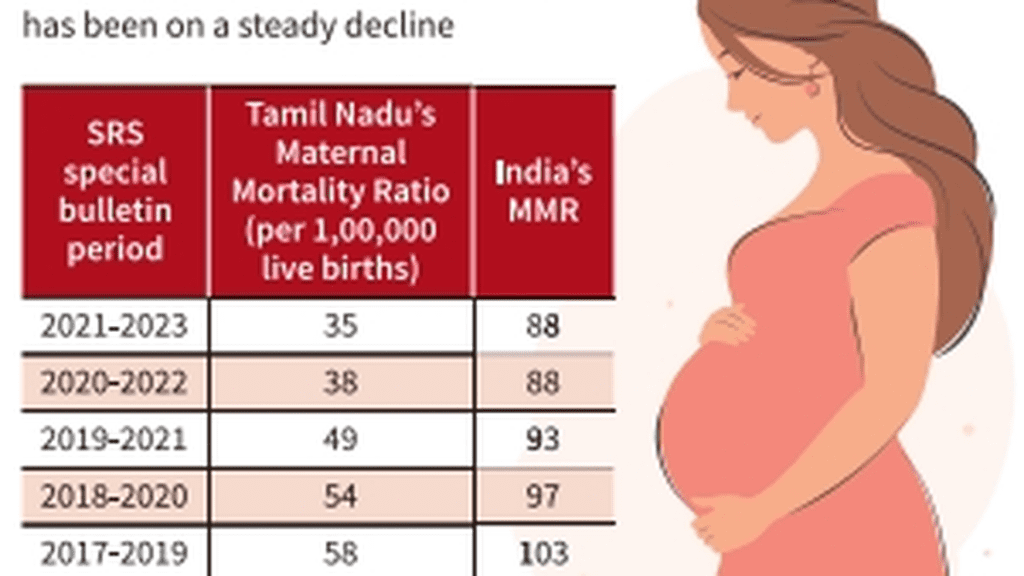Doctors from 14 nations seek change in India-linked name of a hard-to-treat fungus
Doctors from 14 nations seek change in India-linked name of a hard-to-treat fungus
Dermatologists from the India and 13 other counties, including Germany, have objected to the region-specific nomenclature given to a novel species of fungus — Trichophyton (T.) indotineae — that causes widespread and hard-to-treat skin infections and is resistant to most anti-fungal medicines.
The fungal species, named Trichophyton indotineae, has turned up in over 40 countries and its origin currently remains unknown.
Japanese dermatologists, who had spotted the fungus in patients from India and Nepal, proposed in 2020 that this fungus should be considered a new species and named Trichophyton indotineae, in line with a historical tradition of linking new infectious agents to specific locations.
The doctors’ group said that prejudicial naming impacts the perceptions of clinicians and public alike, ignoring the exhortations of World Health Organization, the American Society of Microbiology, and others, to not do so.
In this case, the species name T. indotineae was introduced based on isolates from just two patients, one Indian and one Nepalese, in whom the isolated fungus had previously been identified as ‘Trichophyton mentagrophytes Internal Transcribed Spacer (ITS) genotype VIII/T. interdigitale’.
Dermatologists state that naming newly described pathogens or diseases after locations/countries has been unfortunately quite common in the past. Examples abound, including the Spanish flu, Delhi boil, Madura foot, West Nile virus, New Delhi metallo-beta-lactamase-1-producing Enterobacteriaceae, etc.
“This has been proven to be demonstrably incorrect and often leads to considerable misinformation, stigma, and racial prejudice. This can ultimately harm science by politicising it and tarnish whole countries or regions and their populations for no fault of theirs, especially when their origin is unclear,’’ the group notes.
“In fact, it is inappropriate to name the species T. indotineae because the origin of this dermatophyte species is currently unknown. Strains now referred to as T. indotineae had been detected not just in India but also in other countries like Australia, Oman, and Iran much before the epidemic-like situation of multi-drug resistant, often extensive tinea started generating interest in the mid-2010s,’’ the paper said.
“Naming the fungus after India is unjustified and incorrect,” Kabir Sardana, Professor and Head of Dermatology at the Ram Manohar Lohia Hospital said. He is also a co-author of the paper.
Dr. Sardana said renaming “diverts us from the main issue of why it got resistant in the first place” and “now we are inundated with publications focussing on the name which has little value for patients or clinicians.”
Indian and German dermatologists were among the first to flag concerns about the emergence of the drug-resistant fungus by 2019. But researchers say evidence suggests that the fungus existed in several other countries before 2019.








